
Formula 1 for beginners
Formula 1 will make three stops in the Americas: first for the Circuit of the Americas in the United States (October 21-23), followed by the race at the Hermanos Rodríguez Autodrome in Mexico City (October 28-30), and finally at the Interlagos circuit in Brazil (November 11-13).
By Andrés Barbosa
Photos: Getty Images
I still remember these words from Antonio Lobato: “Checo Pérez fights tooth and nail.” It was lap twenty of the last Grand Prix of 2021 and the world championship would go to either Lewis Hamilton or Max Verstappen. Verstappen’s teammate, Mexican driver Checo Pérez, helped his teammate reduce Hamilton’s lead by brilliant defensive driving and wearing out his tires. He did it so doggedly that his teammate heaped praised on him, saying: “Checo is a legend.” Checo’s defense and a little luck helped Verstappen land his first championship title and ended Mercedes’s domination. It was the culmination of one of the most dramatic finals ever seen in Formula 1 racing.
Verstappen and his Red Bull car clearly dominate the field this year, but a Latin American sits in second place: Mexican driver Checo energizes thousands of Latinos when he races in the Americas. Formula 1 will make three stops in the Americas: first at the Circuit of the Americas in the United States (October 21-23), followed by the race at the Hermanos Rodríguez Autodrome in Mexico City (October 28-30), and finally at the Interlagos circuit in Brazil (November 11-13). Each one of these circuits can boast a rich history of Formula 1 racing and Latin American drivers.
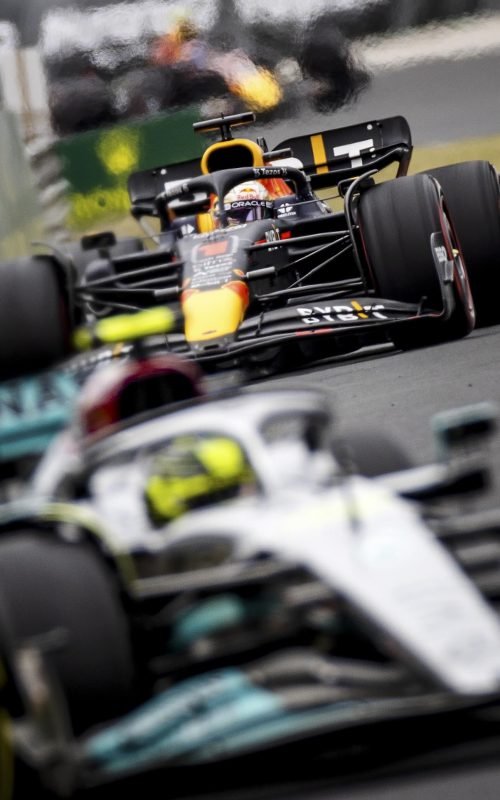
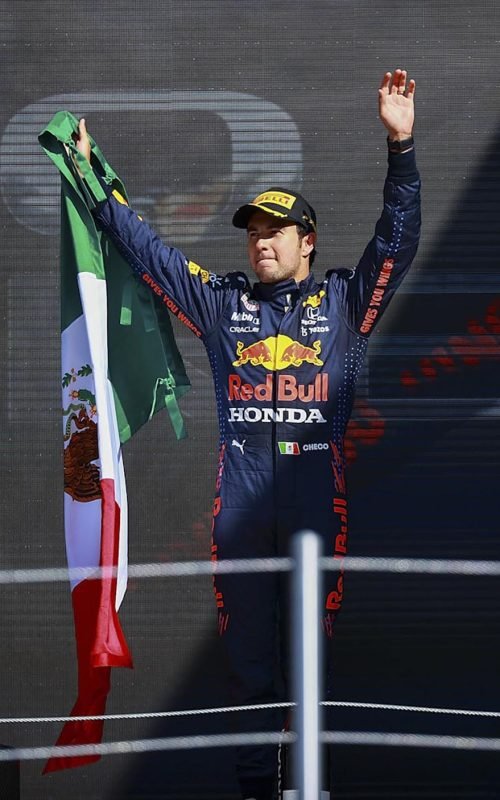
History
The roots of Formula 1 lie in Grand Prix races, which are competitions held largely on temporarily closed public streets, with some exceptions like the Brooklands Circuit (England), the Indianapolis Motor Speedway (United States), and the Monza National Autodrome (Italy). In 1949, this situation prompted the International Automobile Federation (FIA) to unify several Grand Prix to create the first Formula 1 championships. A points system was set up and it was decided that there would be seven races, the first of which was held at the Silverstone circuit (United Kingdom) on May 13, 1950. An Italian was the hero of the day, with Giuseppe Farina winning at the wheel of an Alfa Romeo. Ferrari—the “Prancing Horse” brand—is the only team to have competed in all the Formula 1 championships.
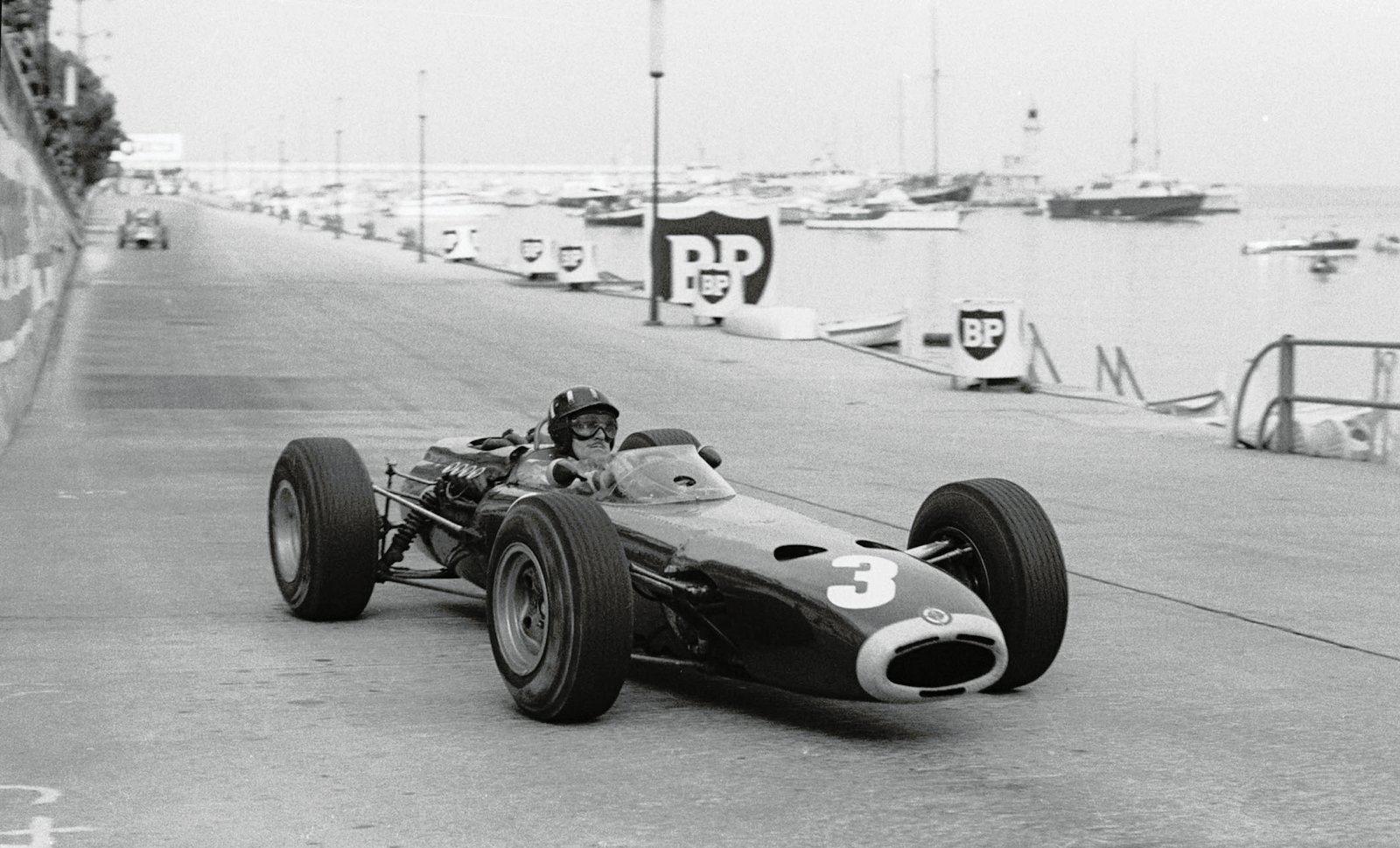
First Pit Stop
The United States has hosted thirty-nine Formula 1 Grand Prix at seven tracks: Sebring (1959), Riverside (1960), Watkins Glen (1961-1980), Dallas (1984), Phoenix (1989-1991), Indianapolis (2000-2007), and Austin (2012-2017). The first race, held at the Sebring International Raceway in 1959, was the last of the season and it was won by New Zealander Bruce McLaren when his teammate Jack Brabham ran out of fuel on the last lap. Brabham went so far as to get out of the car and push it to the finish line. He actually ended up in fourth place. Max Verstappen was crowned champion last year, while Lewis Hamilton had six podium finishes.

Second Pit Stop
The first Grand Prix in Mexico was held at the Magdalena Mixhuca track (1962-1970) on the eastern side of central Mexico City, 7,382 feet above sea level. As the last race of the season, this circuit has decided championships. In 1964, John Surtees eked out a win by one point, even though he came in second in that race. In 1986, Formula 1 returned to the track, now called the Hermanos Rodríguez Autodrome (1986-1992) in tribute to brothers Ricardo and Pedro Rodríguez, who are considered the best Mexican Formula 1 drivers of the 1960s. Formula 1 made another appearance there in 2015, after an absence of 22 years. Last year the track broke attendance records thanks to the Mexican driver Checo, who did not let his fans down; he came in third, becoming the first Mexican to finish on the podium in a Formula 1 race in his own country.
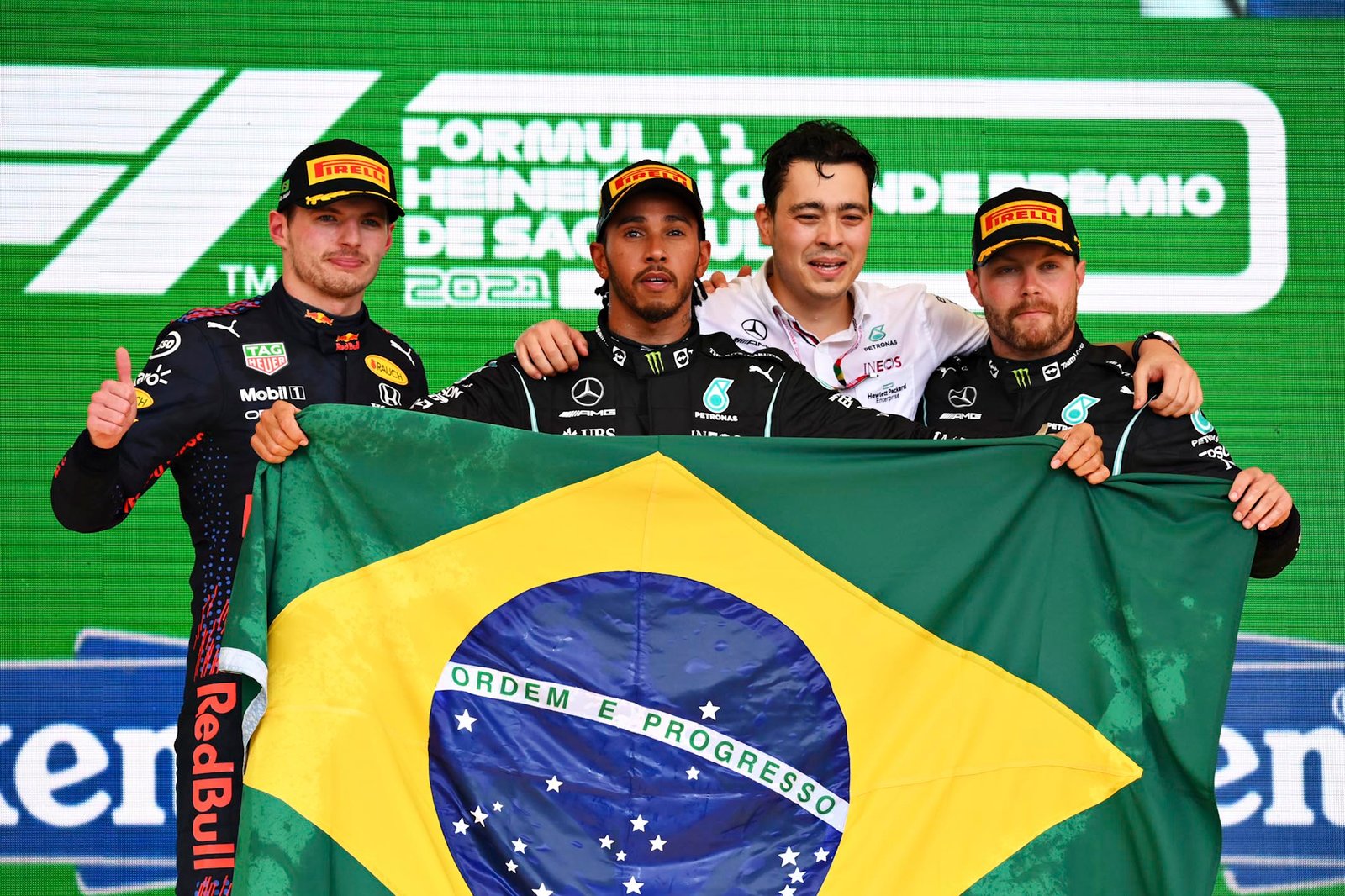
Third Pit Stop
Since 1973, Brazil has continuously hosted Formula 1 Grand Prix at the José Carlos Pace Racetrack in Interlagos (São Paulo), except for a ten-year stretch when the races were held at the Nelson Piquet International Autodrome (1978 and 1981-1989) in Jacarepaguá (Río de Janeiro). Brazil has given us legends like Ayrton Senna, Nelson Piquet, and Emerson Fittipaldi. This Grand Prix was traditionally held in autumn as the season opener or as one of the first races, but in 2004 it was run at the end of the season because of work being conducted on the site. Since it turned out that the race attracted a larger audience, both at the track and on television, the new slot on the racing calendar was retained. This circuit has decided championships like Fernando Alonso’s double championship, and the titles won by Kimi Räikkönen, Lewis Hamilton, and Jenson Button.

Drivers from the Americas
Even in its infancy, Formula 1 featured drivers from the Americas, with Argentinean Juan Manuel Fangio being the first to write his name in racing lore as the winner of a world championship in 1951. Fangio is still third on the list of Formula 1 winners, with five world championships. More champions followed: Phil Hill (1961) and Mario Andretti (1978) from the United States; Emerson Fittipaldi (1972 and 1974), Nelson Piquet (1981, 1983, and 1987) and Ayrton Senna (1988, 1990, and 1991) from Brazil; and Jacques Villeneuve (1997) from Canada. The current roster of Formula 1 drivers can count only two drivers from this part of the world: Mexican Sergio Pérez Mendoza, who drives for Red Bull, and Canadian Lance Stroll, who drives for Aston Martin.
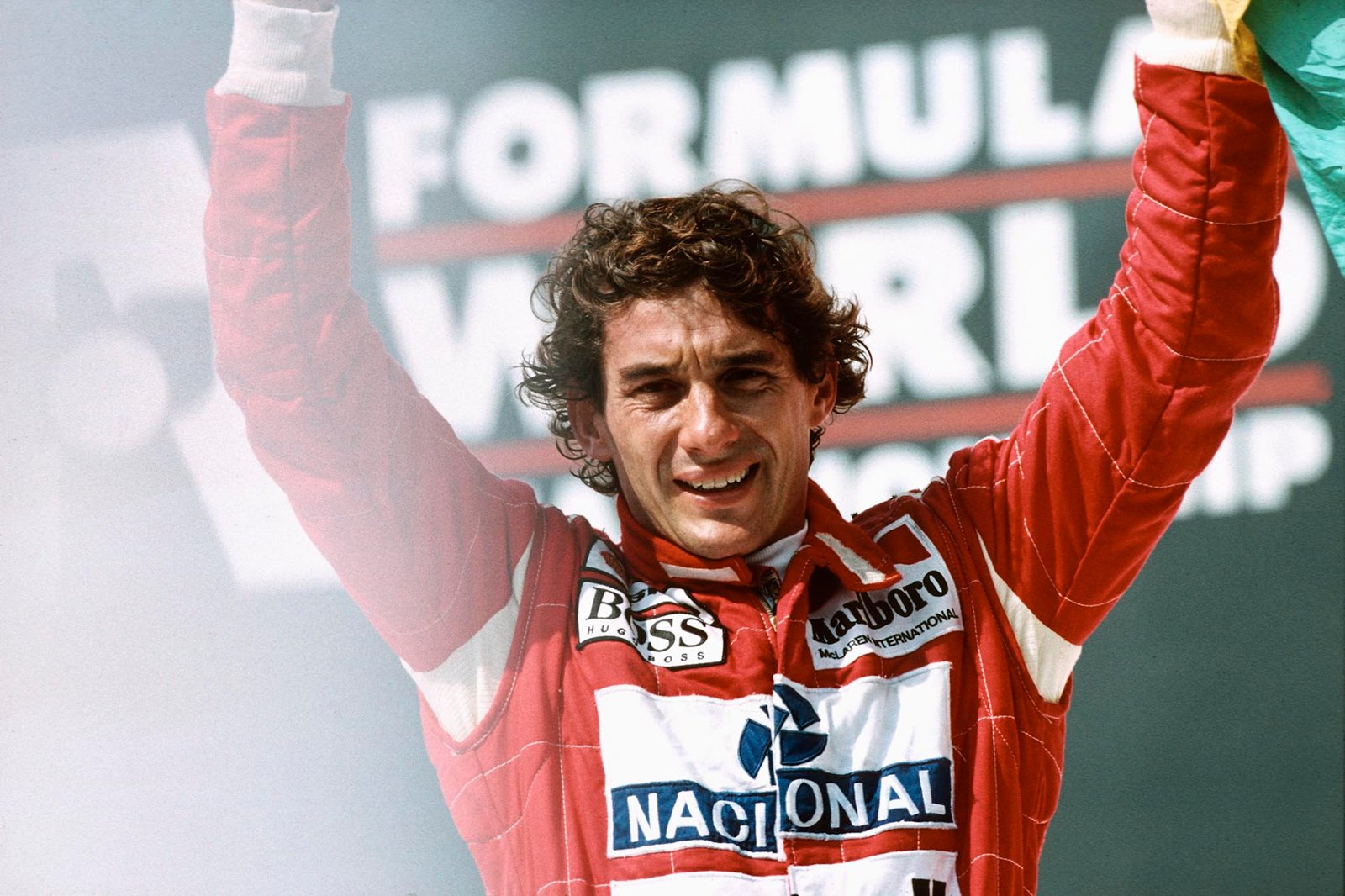
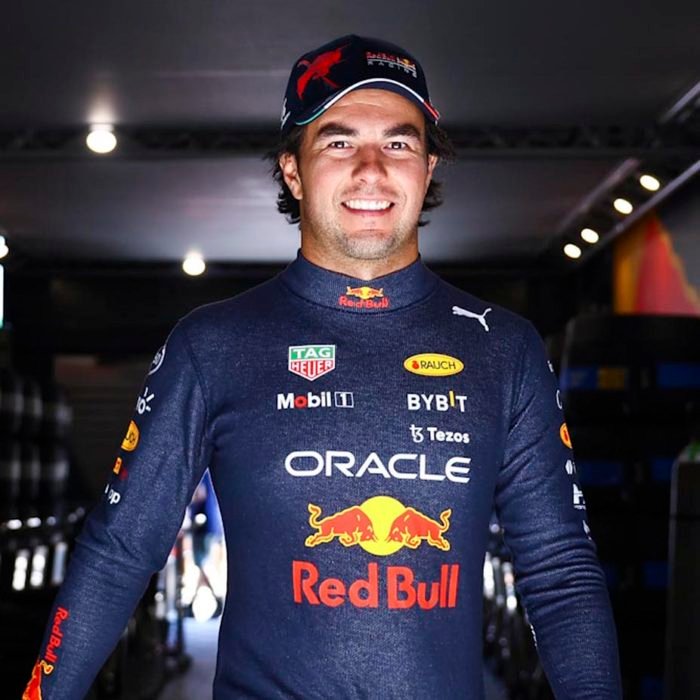
Sergio Pérez Mendoza
Also known as “Checo,” Pérez started with karting at the age of six, which sparked his passion for cars. He drove as a junior in 1997 and progressed to the Shifter 80 c.c. class in 1999, becoming the youngest driver to win a race in that category. The years added more championships: Formula Skip Barber, German BMW, British Formula 3, and the GP2 Series, eventually propelling him to his goal of Formula 1. During the 2011 season, he debuted with Sauber, a team with which he achieved three podium finishes. He switched to McLaren in 2013, but his results fell short of expectations (owing mainly to bad cars) and he left the British team at the end of the season. He signed with Force India in 2014, where he achieved the team’s second ever podium finish. He earned his first Formula 1 victory at the 2020 Bahrain Grand Prix. This catapulted him to the great Red Bull team, with which he won two more Grand Prix races and praise for helping his teammate win his first world championship in 2021.
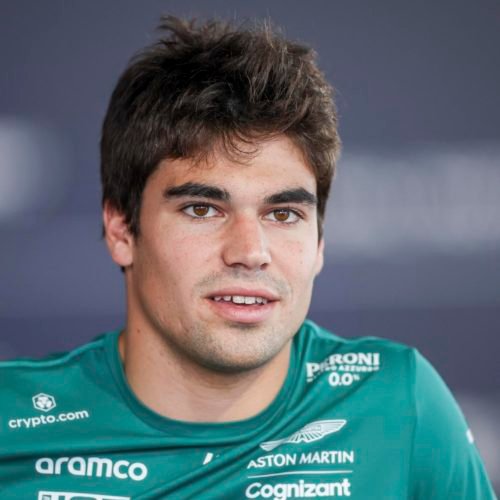
Lance Stroll
He began his career in karting at the age of ten; two years later he was tapped for the Ferrari team’s development program. In 2014, he debuted in the Italian Formula 4, where he took the championship with ten wins. The following year, he drove in Toyota Racing and followed up with European Formula 3. At the end of the season, he left the Ferrari program and joined Williams Martin Racing as a test driver in 2016. That year he competed in the Prototypes in the “24 Hours of Daytona,” finishing in fifth place with his teammates, and he was also crowned champion in European Formula 3. When Felipe Massa announced his retirement from Formula 1 at the end of 2016, Stroll was contracted as a driver for the 2017 season with Williams, along with Valtteri Bottas. Bottas switched to Mercedes, but Massa stayed, and he and Stroll are now teammates. Eighteen-year-old Lance managed a podium finish (third place in the Azerbaijan Grand Prix), making him the youngest driver to finish on the podium during his rookie year. In 2019, he joined Racing Point, now known as Aston Martin, owned by the investment group headed by his father, Lawrence.
Getting Tickets
The first thing to know about tickets is that they sell out months in advance. Tickets for the Mexico Grand Prix were sold out by the time this edition closed, but last-minute ticket sales may be added later. Some tickets are still available for São Paulo. Check availability at www.tickets.formula1.com.
There are one-, two-, and three-day packages, some of which may include lodging and “experiences” like access to the Champions Club and F1 Insider, guided access to the Paddock Club, and a walk through the Pit Line.
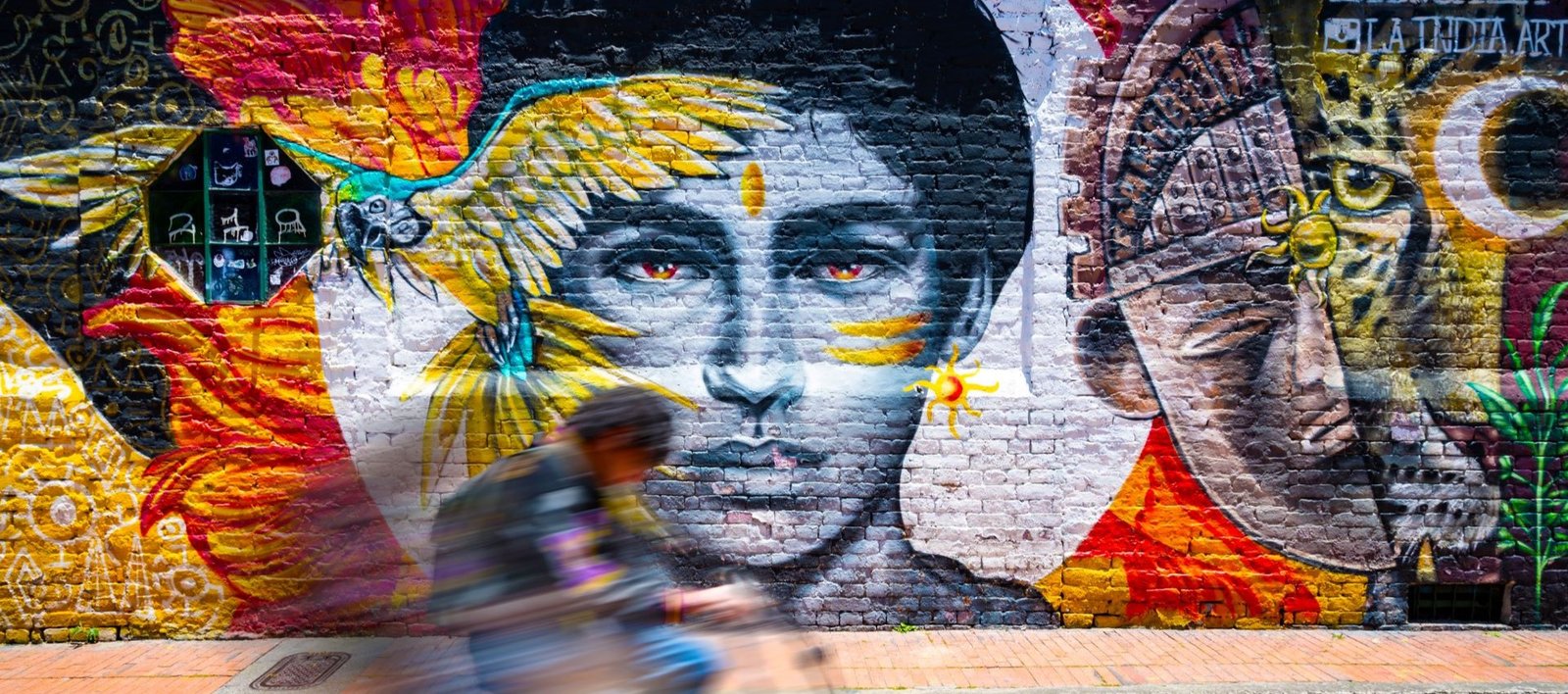

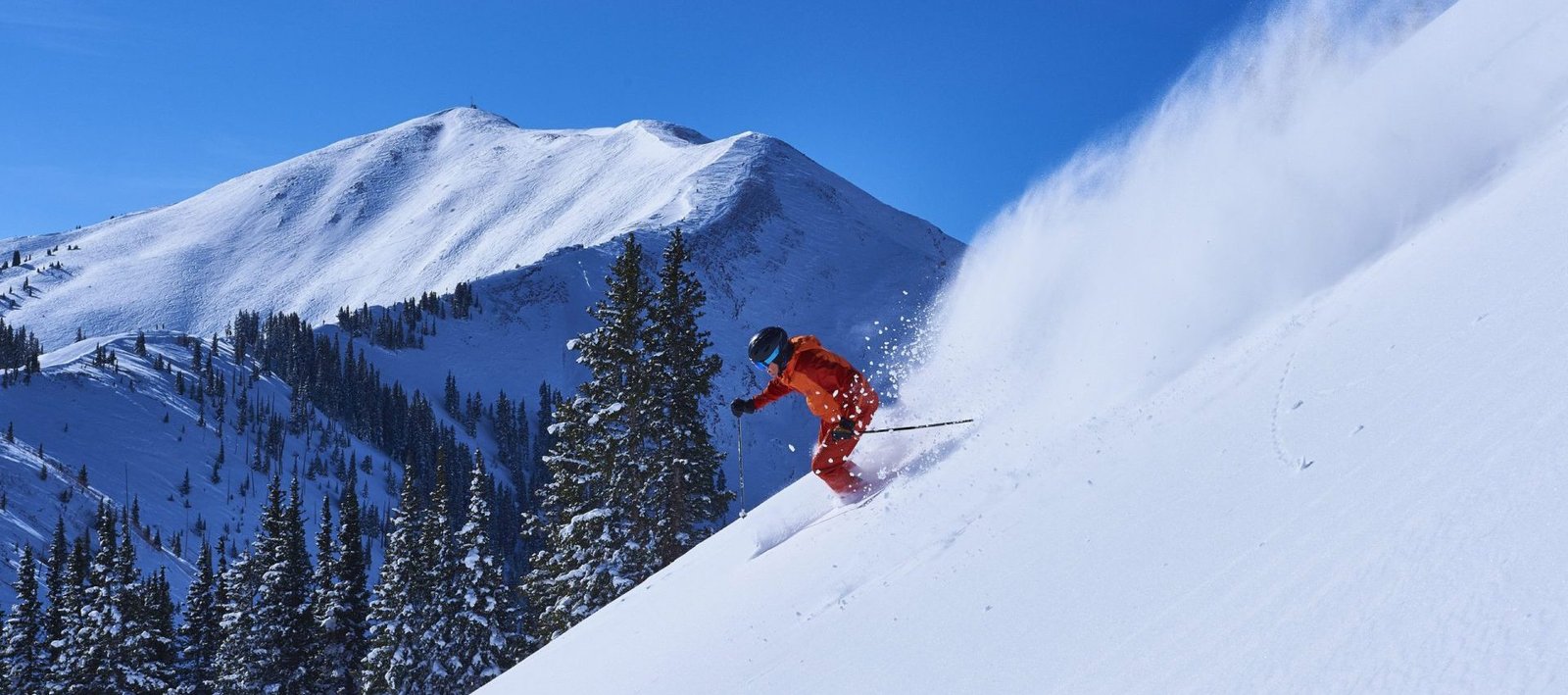

Leave a Reply